Description
Dorman Field(5WA1) is a privately owned grass airstrip with a usable length of about 1100 to 1,500 feet. It has ruts in the middle from an irrigation circle that periodically crosses over it. It also has powerlines and trees on the northern approach end. Contact the owner prior to stopping by.
Runway
-
Length
1400
-
Width
15
-
Surface
TURF
Details
-
Facility ID
5WA1
-
Elevation
700
-
CTAF
122.9
-
State
WA
Location
Lat: 46.52152638889 , Long: -119.17945750000 - WASHINGTON, USA
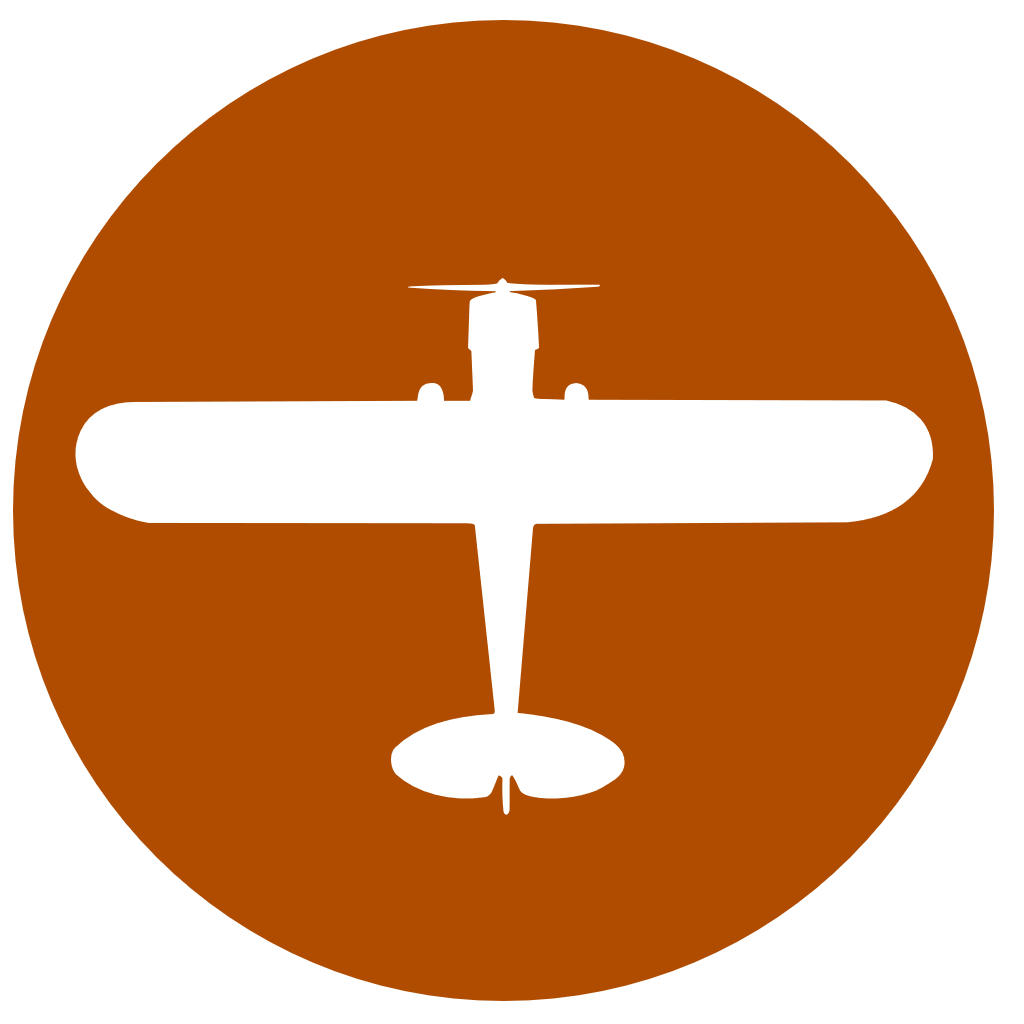
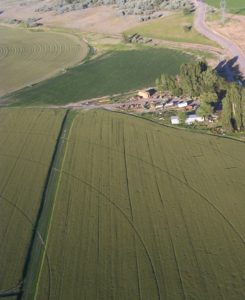
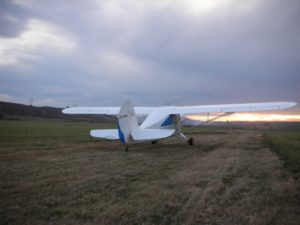
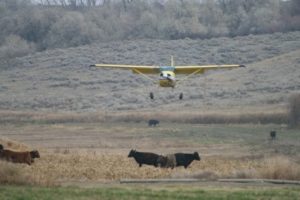
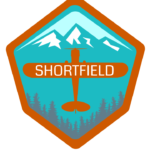






Add a review